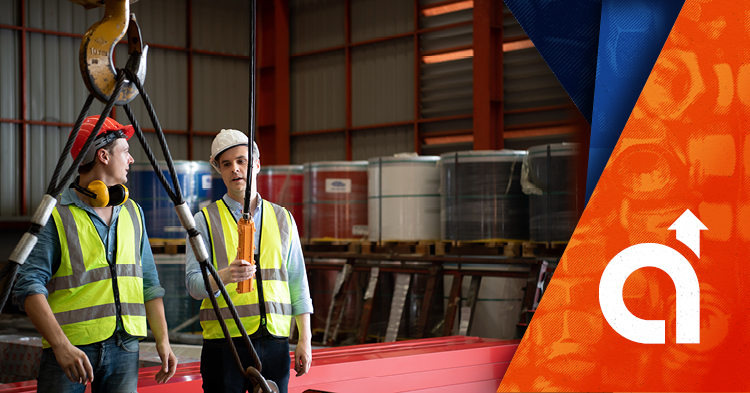
by American Crane | Jul 3, 2025 | Critical Lift, Featured Products, Industry News, Uncategorized
Load testing is more than a regulatory checkbox—it’s a proactive strategy to ensure your crane system is up to the task. In fast-paced industrial environments, even subtle issues can snowball into major failures without warning. Regular load tests offer valuable...
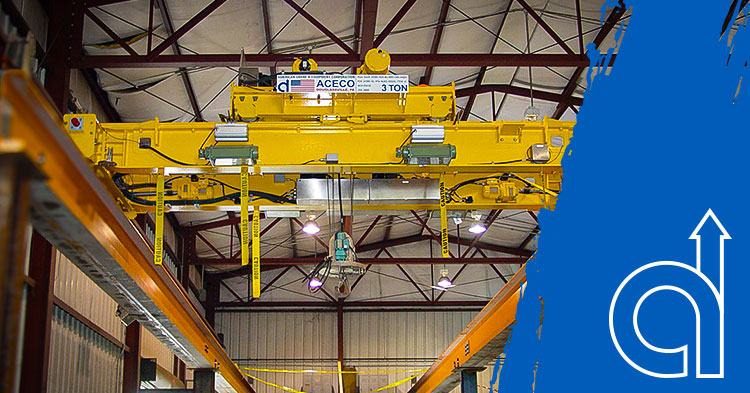
by American Crane | Jun 24, 2025 | Critical Lift, Industry News, Manufacturers, News and Events Post, Overhead Equipment
Overhead cranes are the workhorses of industrial facilities—lifting, shifting, and keeping production lines humming. But even the most powerful piece of equipment can grind to a halt if it’s not maintained properly. And when maintenance slips, so does safety,...
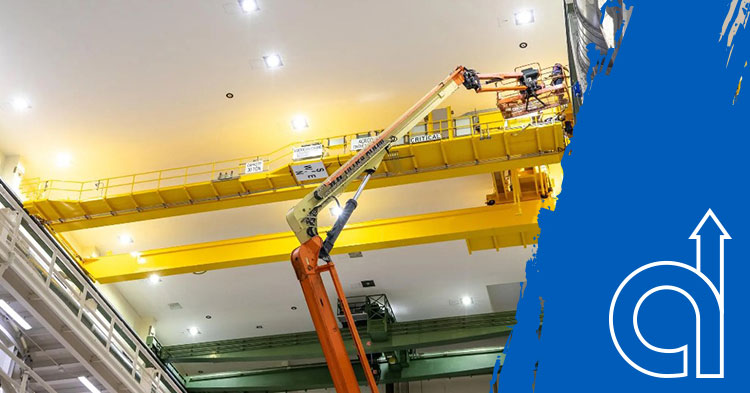
by American Crane | May 1, 2025 | Critical Lift, Industry News, Manufacturers, Overhead Equipment
For over 50 years, American Crane & Equipment Corporation (ACECO) has led the way in manufacturing high-quality cranes, hoists, and material handling equipment. Serving a diverse range of industries, we provide customized solutions that tackle unique challenges...
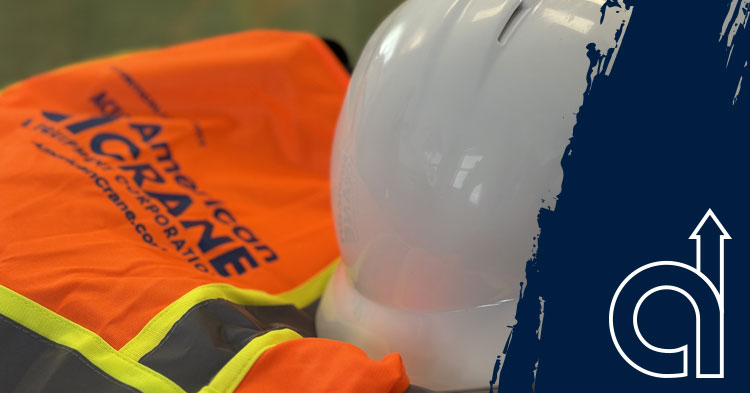
by American Crane | Apr 8, 2025 | Critical Lift, Industry News, Manufacturers
Overhead cranes are essential to industrial operations, but improper use can lead to serious accidents, equipment damage, and costly OSHA violations. Many crane-related incidents stem from common safety mistakes that could be avoided with proper training and adherence...
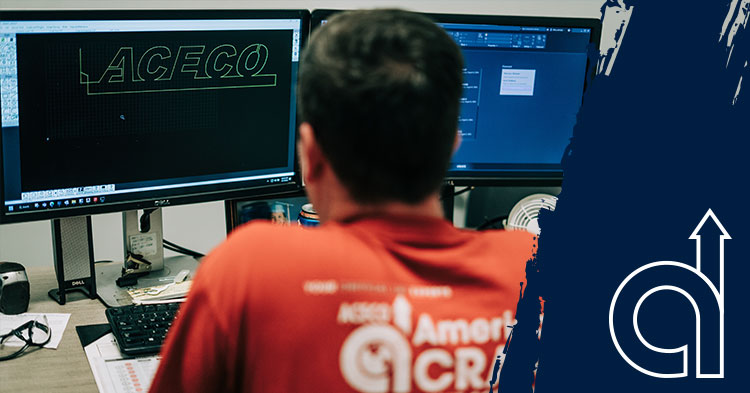
by American Crane | Apr 1, 2025 | Critical Lift, Industry News, Manufacturers, Uncategorized
The crane and hoist industry has a long history of innovation, evolving from simple pulley systems in ancient civilizations to the advanced machinery that powers industrial operations today. Over the centuries, breakthroughs in materials, energy sources, and...
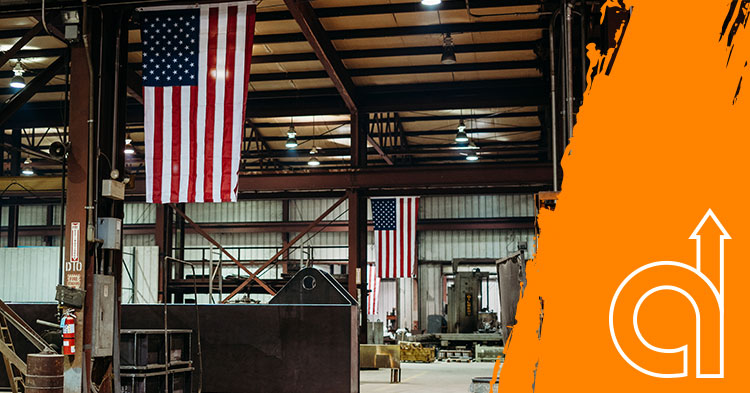
by American Crane | Mar 20, 2025 | Critical Lift, Manufacturers, Overhead Equipment, Uncategorized
In industries where safety, precision, and reliability are non-negotiable, American Crane & Equipment Corporation (ACECO) has established itself as a leader. By consistently meeting and exceeding industry standards for over 50 years, we set the bar high for...








